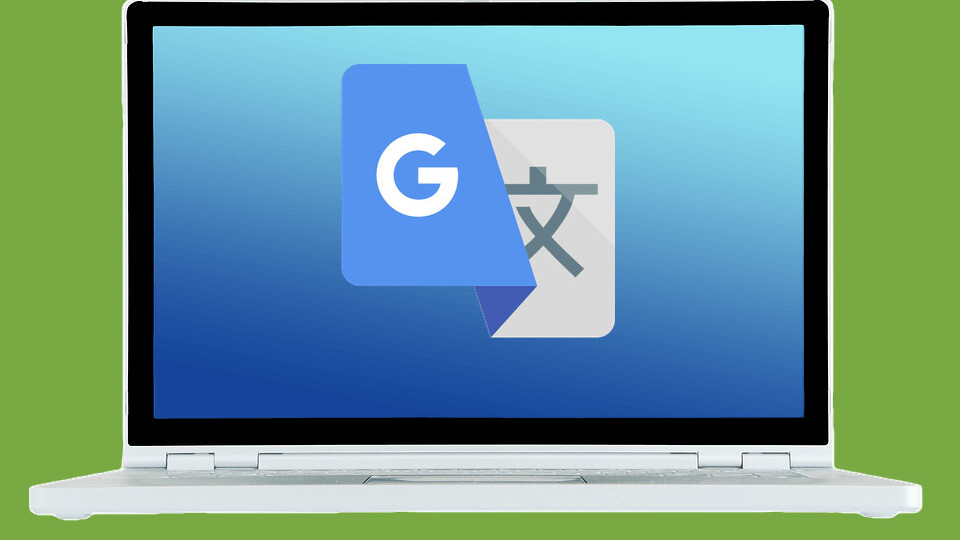For years, Google Translate showed gender bias by associating gender-neutral jobs to a particular gender: a doctor to male and a nurse to female. In 2018, the search giant addressed that problem by providing a translation in both genders for sentences in a gender-neutral language like Turkish.
Yesterday, Google’s AI team released a new model that’s more scalable — meaning it can be applied to translate phrases in other languages. This new rollout brings support for gender-specific translations from English to Spanish and from Finnish, Hungarian, and Persian to English.
In a blog post, the company explained when it applied the old approach of translating Turkish-to-English to other languages, it found errors in end results. The team said while using a Neural Machine Translation (NMT) the system failed to show gender-specific translations for more than 40% of queries, as two translations were not comparative except for gender-related phenomena.

In the older approach, the system generated gender-specific translations in the second step of the process. The system switches that process up in the newer model by producing translations in the first step. For the second step, the AI uses a newly built rewriter, which coughs up an alternative translation if the input is gendered.
To train the rewriter, the team first used millions of sentences in the English language to create a base model. Then researchers trained it for feminine input to masculine output and vice versa. Finally, results from both directions were merged to create a transformer-based sequence-to-sequence single-layer model.

Google has also developed a bias reduction model to evaluate bias when the system chooses one gender over the other. The company claims the new model’s accuracy for showing gender-specific translation is 97%.
You can read more about Google’s new AI here.
Get the TNW newsletter
Get the most important tech news in your inbox each week.





